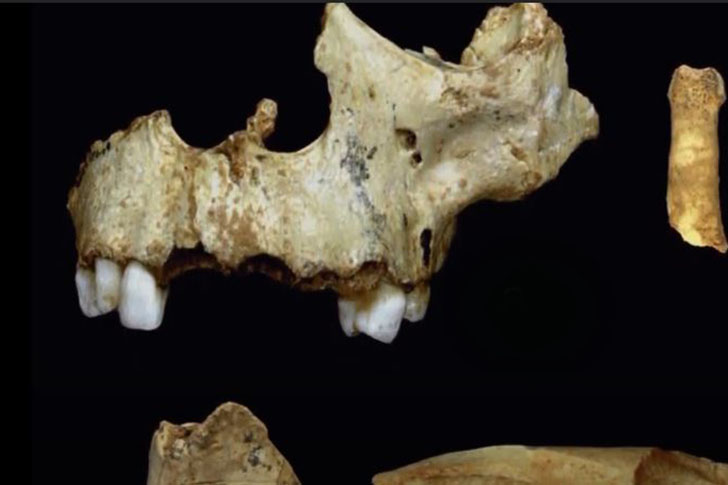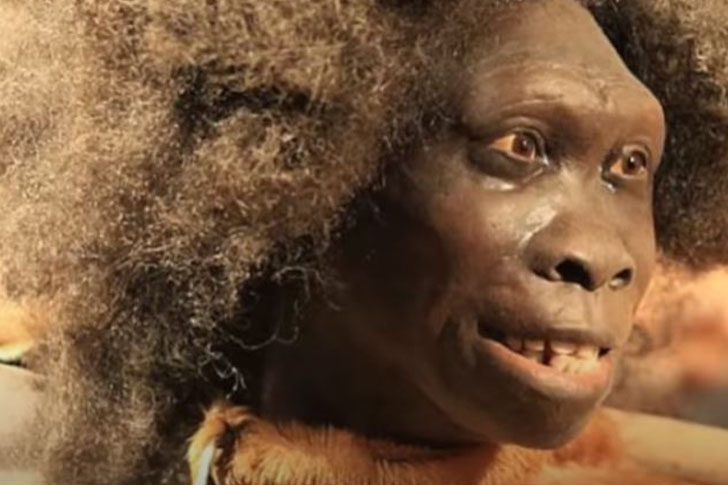The utilization of palaeoproteomics

A team of researchers from the Spain-based National Research Center on Human Evolution and the University of Copenhagen took a fresh look at the fossilized remains of the Homo antecessor. This time, the two groups did not compare the shapes or outward appearances of the fossils as they analyzed the protein contained within a preserved tooth.
The experts utilized a technique called mass spectrometry or palaeoproteomics, which the University of Copenhagen had progressed themselves. This breakthrough enabled the scientists to pull even the smallest piece of molecular evidence from the tooth, which could link or unlink the species of ancient humans to some degree. Despite being a relatively young field of molecular science, palaeoproteomics is also rapidly growing as it can further reveal sources and types of recovered tissues. It can also be utilized in other archaeological materials such as animal skins, food remains, textiles, and pottery.

